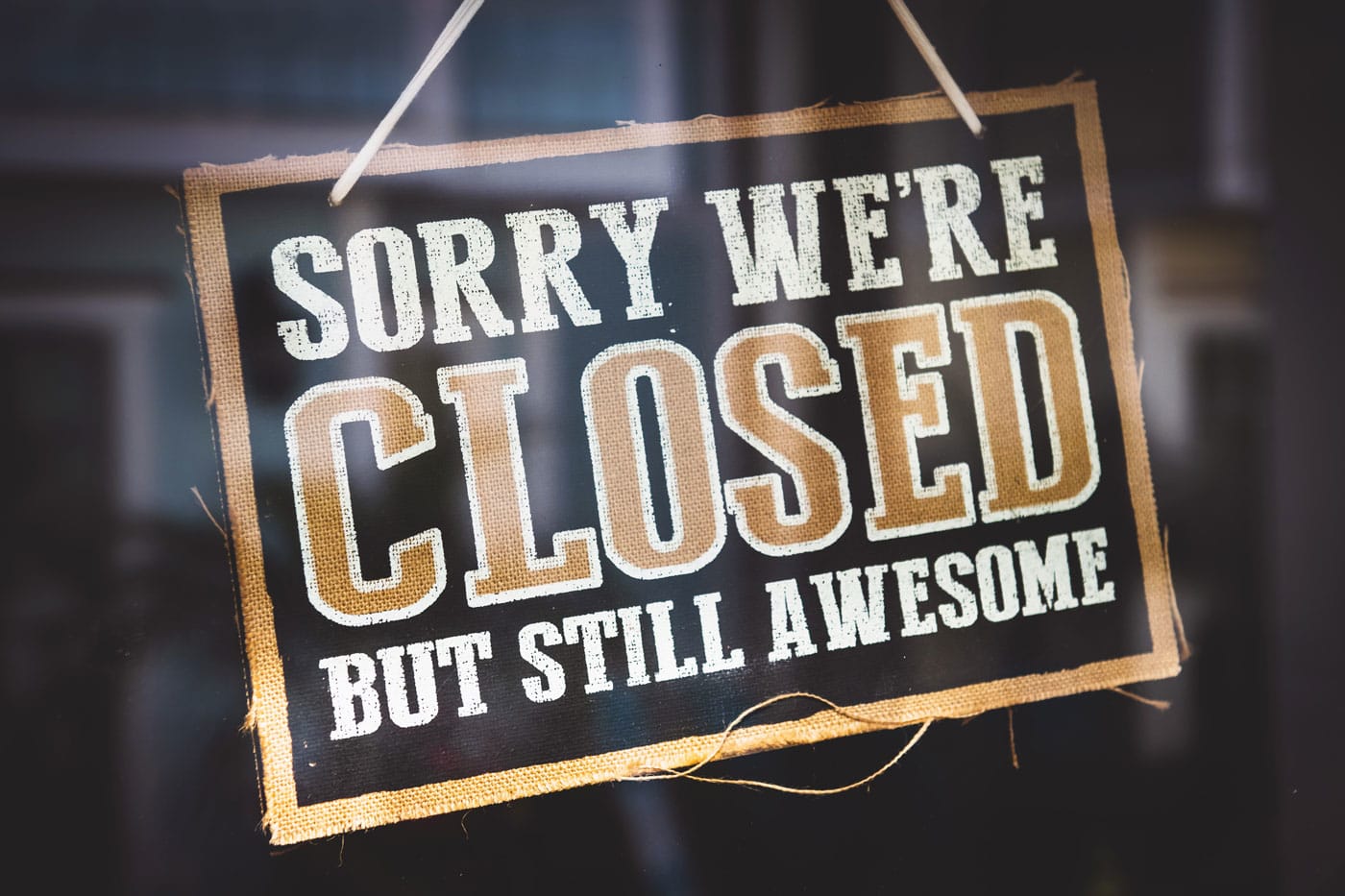A while back, I wrote about some of the wrong and right reasons that companies blog. Some of wrong reasons are using the blog to post thinly veiled sales brochures, trying to make the author sound smart or intellectual, or simply doing it because a post is expected every week. On the other hand, using your blog to demonstrate thought leadership and provide useful information fosters more engagement with your readers. And by using the appropriate keywords, it can help visitors find your website in the first place, thereby building your site’s authority and trust.
For your blog to be effective, though, you have to be in it for the long haul. Consistency is more important than frequency, when it comes to providing readers with new ideas and insights—and even the occasional surprise or two to delight them. One of those surprises, however, shouldn’t be going completely dark.
But what if you haven’t the time to pen a post this week, or if you simply feel you’ve nothing to say? Don’t beat yourself up over missing an occasional post, but do realize that it’s all too easy for one week to turn into two, three, or even longer. What happens when your being “busy” makes your blog go Missing In Action in your customers’ eyes—and what can you do to prevent it?
When your blog goes dark, so does customer engagement
I’d lay odds that few bloggers actually intend to go missing in action. I know I don’t, nor does anyone else here at Idea Grove. It can happen to any company’s marketing team, of course, which is why many of Idea Grove’s clients hire us to maintain their content calendars and blogs.
Busy or not, though, once you lose momentum, it can bite you. Life can throw a monkey wrench into even the best laid content calendar. As I said, you might be able to get by missing one week’s post, but miss a second one, and it’s amazing how quickly you can build negative inertia. Before you know it, your customers and prospects are wondering what happened. Where did you go? Worse, because they’ve stopped receiving emails of new posts, they’ll visit your site less often. With less reason to engage with you frequently, you can end up losing a potential sale.
Just remember the purpose of your blog is to engage prospects and nurture a long-term customer relationship with them. If that engagement slows or stops for extended periods, so might your chances of keeping those relationships alive.
Preventing your blog from going M.I.A.
Is your blog calendar and cadence in danger? Here are some tips to ensure one missed post doesn’t land you on the missing in action list.
- Switch things up a bit. Do you really need one or two blog posts on the same days every week? For some companies, a post every other week is fine. Just be aware that your readers can adapt to your new cadence.
- Consider alternative content formats. Instead of text-based articles, try publishing short video interviews, animated voiceovers, or infographics. Alternating formats allows you to share creation of posts among members of different teams.
- Follow a content calendar. A content calendar lets your team know the topics and authors responsible for your blog posts far in advance, so creating the posts is never—or rarely—a last minute affair.
- Keep some posts in your back pocket. In other words, write as many posts ahead of schedule as possible. This can be easier said than done, but it means you’ll always have something to post, even if you have a busy week or two.
- Leverage announcements, events, and internal happenings. These topics can often be shorter and quicker to create but every bit as engaging as typical blog posts.
- Welcome guest writers. Look for relationships with other experts in your industry who might contribute an occasional guest post. (You’ll want to stay away from anyone associated with direct competitors.)
- Post curated articles. Request permission to re-post curated blog posts and other content. Often the authors are happy to have backlinks to their sites.
Yes, as busy as today’s marketing teams are, keeping a company’s blog from going M.I.A. can be a tall order. However, with a little planning and innovation, you can do just that. Using these tips can make it easier to keep up the momentum and keep your online presence fresh and engaging.

 4 min read
4 min read





 3 min read
3 min read

